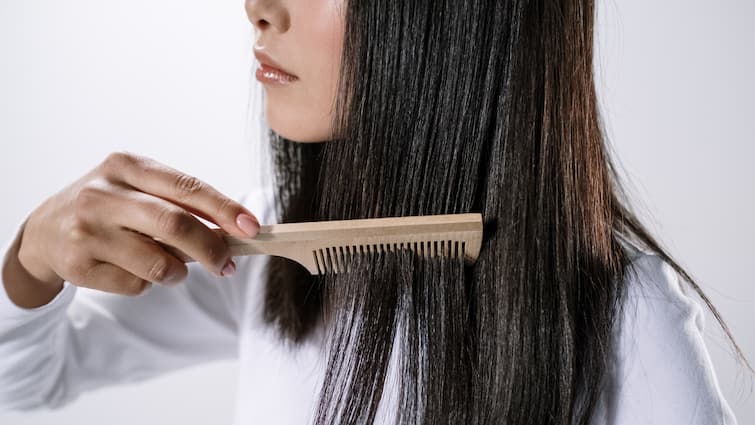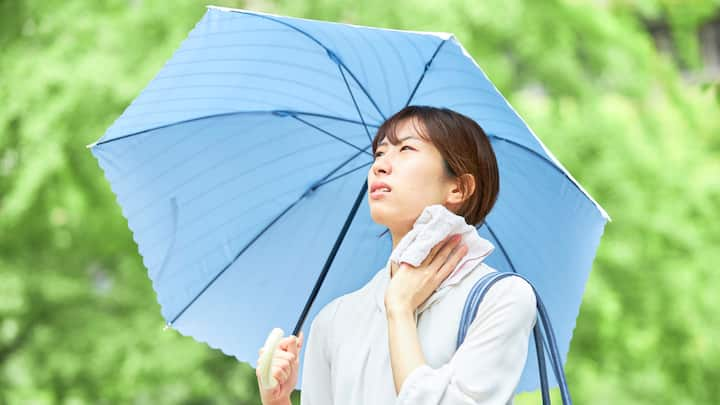
1. Excess Humidity Weakens Hair Roots: The monsoon air has excess moisture which increases scalp dampness. This can weaken hair roots, which makes strands more prone to shedding and breakage. The constant dampness also causes the scalp to sweat more, which may trigger seasonal hair fall and fungal infections if not properly managed. (Image Source: Canva)
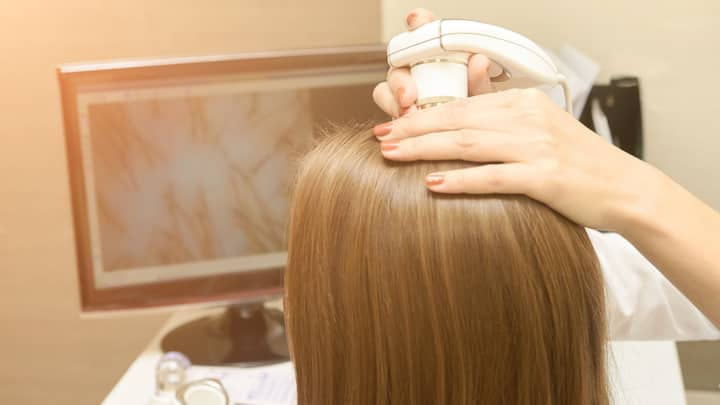
2. Fungal Scalp Infections Spike In Rainy Weather: Wet and sweaty scalp becomes a breeding ground for fungal infections like dandruff and seborrheic dermatitis. These scalp conditions can damage the follicles which leads to itchy, flaky skin, and hair fall. If untreated, the infection can spread and worsen during monsoon. (Image Source: Canva)

3. Poor Diet During Monsoon Can Trigger Hair Loss: Many people eat fried or processed snack more frequently during the rainy days. These snacks lack essential hair nutrients like protein, zinc, and biotin. A poor monsoon diet starves hair follicles of nourishment which leads to hair thinning and excessive hair fall. (Image Source: Canva)
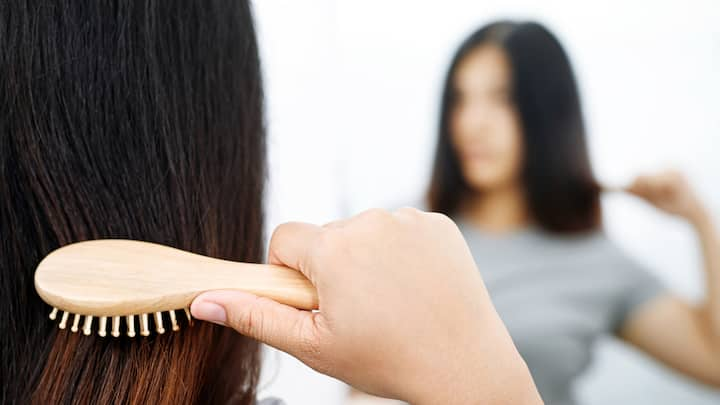
4. Wet Hair Brushing Increases Breakage: Combing or brushing wet hair, especially after getting drenched in rain can cause serious damage to the hair health. Hair is most fragile when wet, and tugging can cause breakage along with root stress, which worsens hair fall in the rainy season. (Image Source: Canva)

5. Polluted Rainwater Harms Scalp Health: Rainwater often contains acidic pollutants and dust that stick to the scalp and damage hair cuticles. When absorbed, these impurities can trigger scalp irritation, inflammation, and premature hair thinning. (Image Source: Canva)
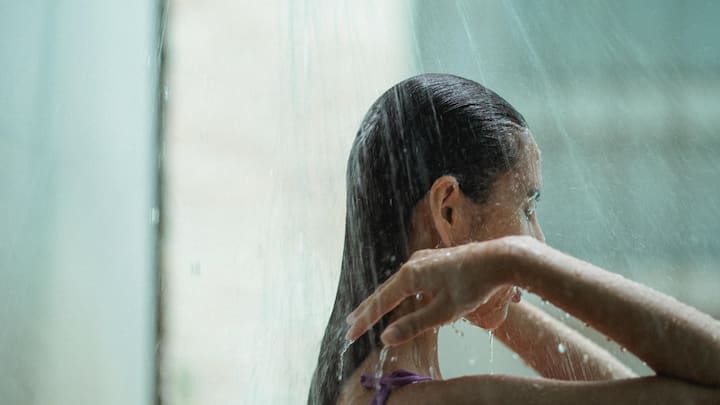
6. Skipping Hair Wash After Getting Wet: Many skip washing their hair after getting caught in the rain, thinking that it’s harmless. But not cleansing the scalp can trap dirt, pollution, and fungal spores, which leads to scalp buildup and hair fall. (Image Source: Canva)
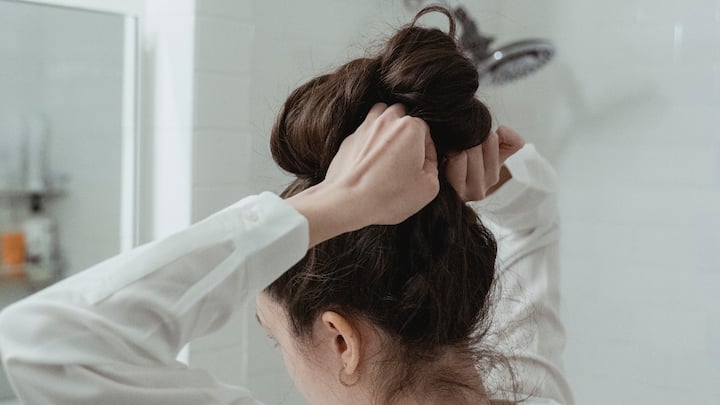
7. Tying Damp Hair: Tying your hair while it’s damp creates a microenvironment that encourages fungal growth and weakens hair strands. This leads to hair shaft stress and breakage, especially at the roots and crown area. (Image Source: Canva)

8. Seasonal Hormonal Changes: Many people experience minor hormonal shifts during weather transitions. These changes, coupled with stress and poor sleep schedules can trigger a telogen effluvium—a condition where hair enters the shedding phase prematurely. (Image Source: Canva)
Published at : 02 Jul 2025 06:00 PM (IST)

